How long does a refillable CO2 cylinder last?
Introduction to CO2 in Aquascaping
Aquascaping is a delicate balance of creating a thriving underwater ecosystem, and one of the key elements for success is carbon dioxide (CO2). CO2 is vital for aquatic plants, as it is used in photosynthesis to produce oxygen and promote growth. Without adequate CO2, plants can become weak, algae may thrive, and the overall aesthetic of the tank can suffer.
When setting up an aquascape, one of the most common methods to supply CO2 is through a CO2 cylinder for aquarium systems. These cylinders provide a reliable, controlled flow of CO2 into the water, ensuring plants receive the right amount of carbon for optimal growth.
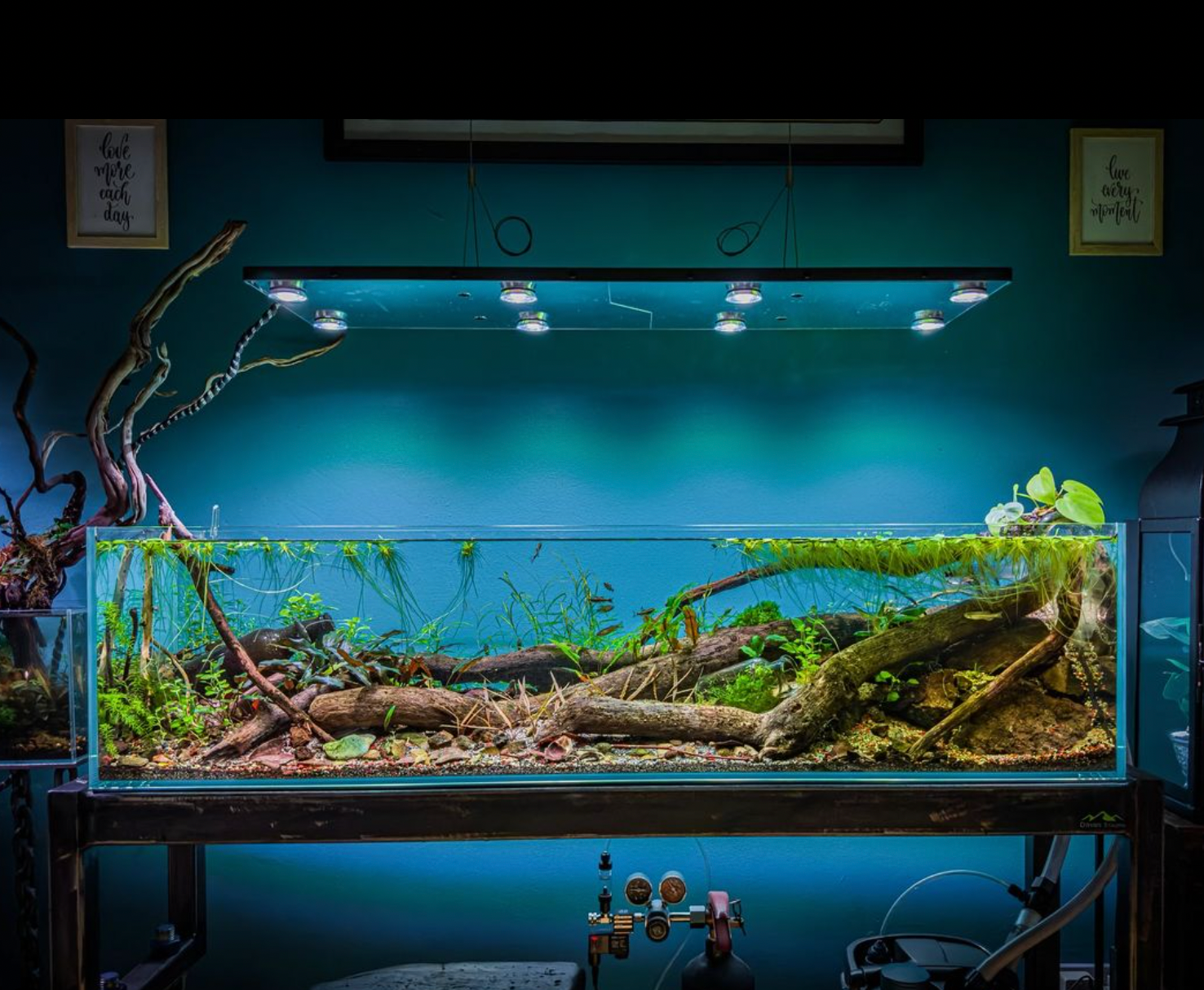
What is a Refillable CO2 Cylinder?
A refillable CO2 cylinder is a container that stores pressurised carbon dioxide gas, which can be injected into your aquarium. These cylinders are typically made from durable materials like steel or aluminium and can be refilled multiple times, making them an environmentally and financially efficient option for aquascaping enthusiasts.
Unlike disposable CO2 cartridges, which need to be replaced once they’re empty, a refillable CO2 cylinder offers the convenience of refilling at a local supplier or through mail-order services. This makes them a popular choice for hobbyists who want to maintain a steady and sustainable CO2 supply in their aquariums.
Factors Affecting CO2 Consumption in Aquascaping
The lifespan of a CO2 cylinder for aquarium largely depends on several factors, including the size of the tank, the type of plants, and the intensity of the lighting. Larger aquariums or those with densely planted layouts will require more CO2 to ensure healthy plant growth. Additionally, high-intensity lighting systems encourage plants to absorb CO2 more quickly, leading to faster consumption.
Environmental factors such as the temperature of the room can also influence CO2 consumption. Higher temperatures can cause CO2 to diffuse more rapidly, which may result in needing to refill the cylinder more often. Understanding these factors helps you better gauge how long do CO2 cartridges last in your specific setup.
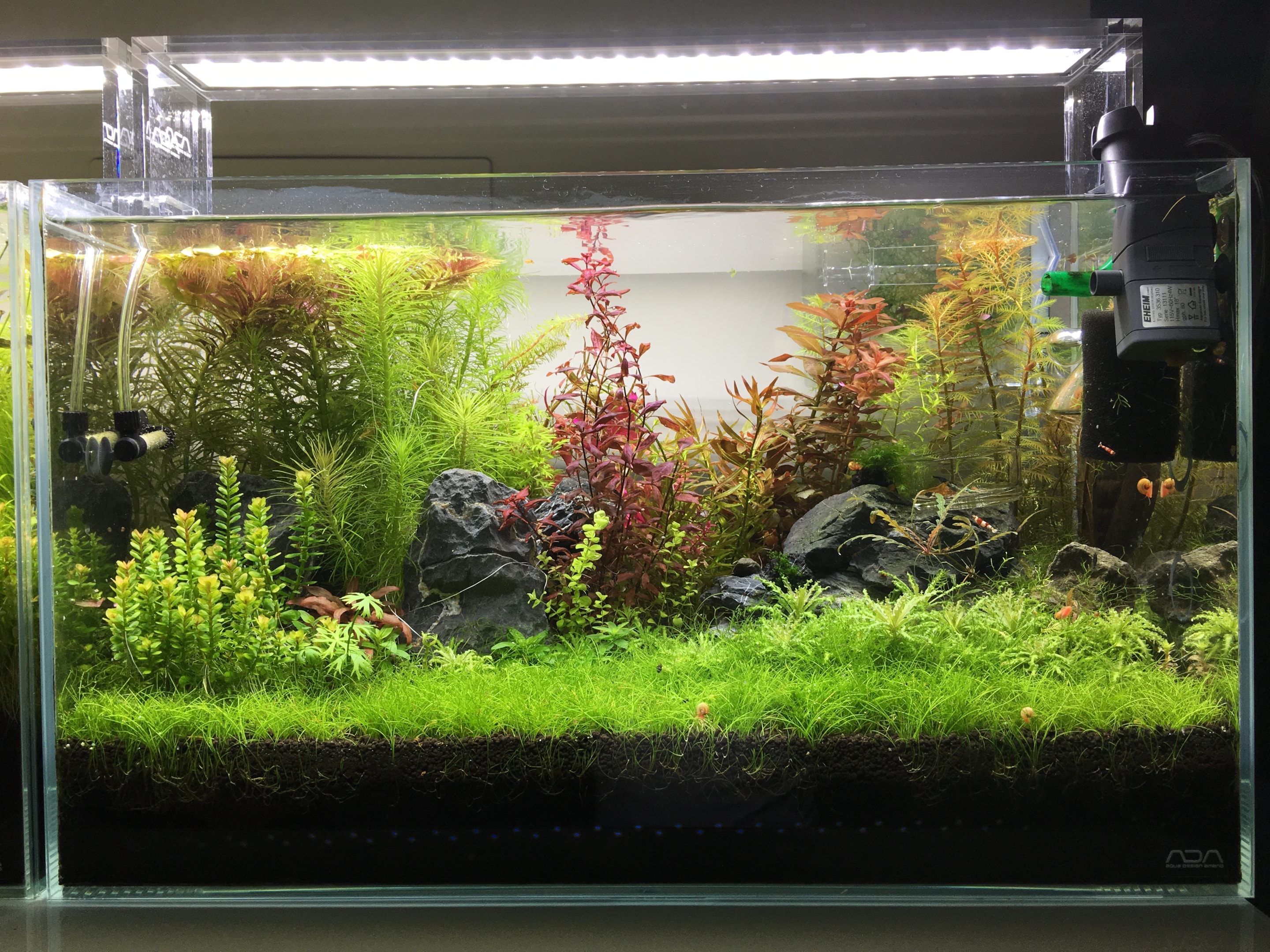
Estimating CO2 Consumption: A Basic Overview
Estimating CO2 consumption involves calculating the amount of CO2 required for your tank based on various parameters. A general rule of thumb is that a 5kg CO2 cylinder can last anywhere from 1 to 6 months depending on tank size, plant density, and other variables. To determine how long a CO2 cylinder for aquarium will last, it's important to monitor the flow rate and adjust it to match the needs of your aquascape.
In addition to cylinder size, the frequency of refilling is influenced by the rate at which CO2 is used up in the system. Monitoring CO2 levels through drop checkers or pH controllers will give you a clearer picture of how long CO2 cartridges are good for in your setup and help ensure your plants thrive.
Cylinder Size and Duration: How Long Does a Refillable CO2 Cylinder Last?
The size of the CO2 cylinder plays a critical role in determining how long it will last in an aquascaping setup. Typically, the larger the cylinder, the longer it will provide CO2 to the aquarium before needing a refill. For instance, a 2kg CO2 cylinder will generally last a shorter time compared to a 5kg or 10kg CO2 tank, especially in high-tech aquascapes that use intense lighting and require more CO2 for plant growth.
To maximise cylinder efficiency, it's essential to monitor CO2 usage carefully. A full cylinder will last longer in a tank that is properly set up to maintain maximum cylinder efficiency, where you can regulate the flow of CO2 accurately. Proper use of tools like bubble countersand pressure gauges ensures that you're getting the most out of each CO2 cylinder, reducing waste and extending the life of your canisters.
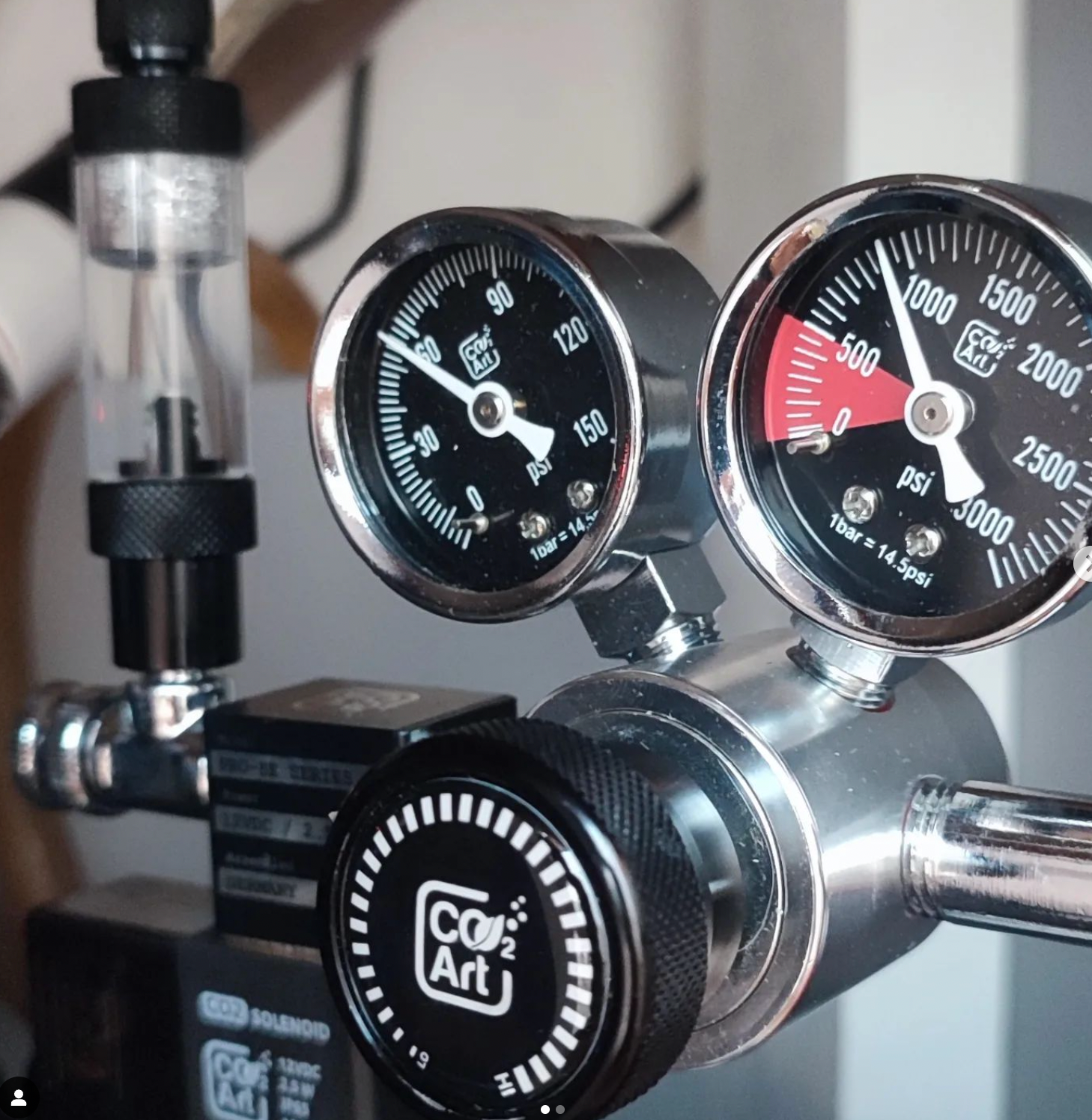
CO2 Consumption in Low-Tech Aquascapes
In low-tech aquascapes, the demand for CO2 is significantly lower, as these setups often use softer lighting and less nutrient dosing. As a result, a CO2 cylinder in these types of aquariums will last much longer than in high-tech setups. When CO2 usage is reduced, refill intervals become less frequent, making it easier to manage a CO2 tank.
Reusing cylinders in low-tech setups is especially convenient since the CO2 is consumed at a slower rate. By properly managing gas flow and ensuring you practice proper maintenance of your CO2 system, you can make a full cylinder last for months. Additionally, regular checks with a pressure gauge ensure you’re maintaining the right pressure in the cylinder, preventing leak issues and ensuring optimal gas delivery.
CO2 Consumption in High-Tech Aquascapes
High-tech aquascapes with intense lighting and nutrient dosing typically have a higher demand for CO2. In such setups, the CO2 cylinder will be consumed much more quickly due to the increased rate of photosynthesis in the plants. The added nutrients and high lighting stimulate rapid growth, leading to a faster depletion of CO2 gas. As a result, hobbyists may need to replace their CO2 cylinders more frequently in these setups.
To ensure maximum cylinder efficiency, it's important to monitor gas consumption and adjust the CO2 delivery system as needed. Using tools like bubble counters and a pressure gauge will help you track the flow rate and pressure in the CO2 tank. This can prevent wasting gas and help keep your plants healthy while optimizing your cylinder usage. In high-tech aquascapes, understanding the balance of sparkling water and CO2 flow can make all the difference in maintaining a thriving aquarium.
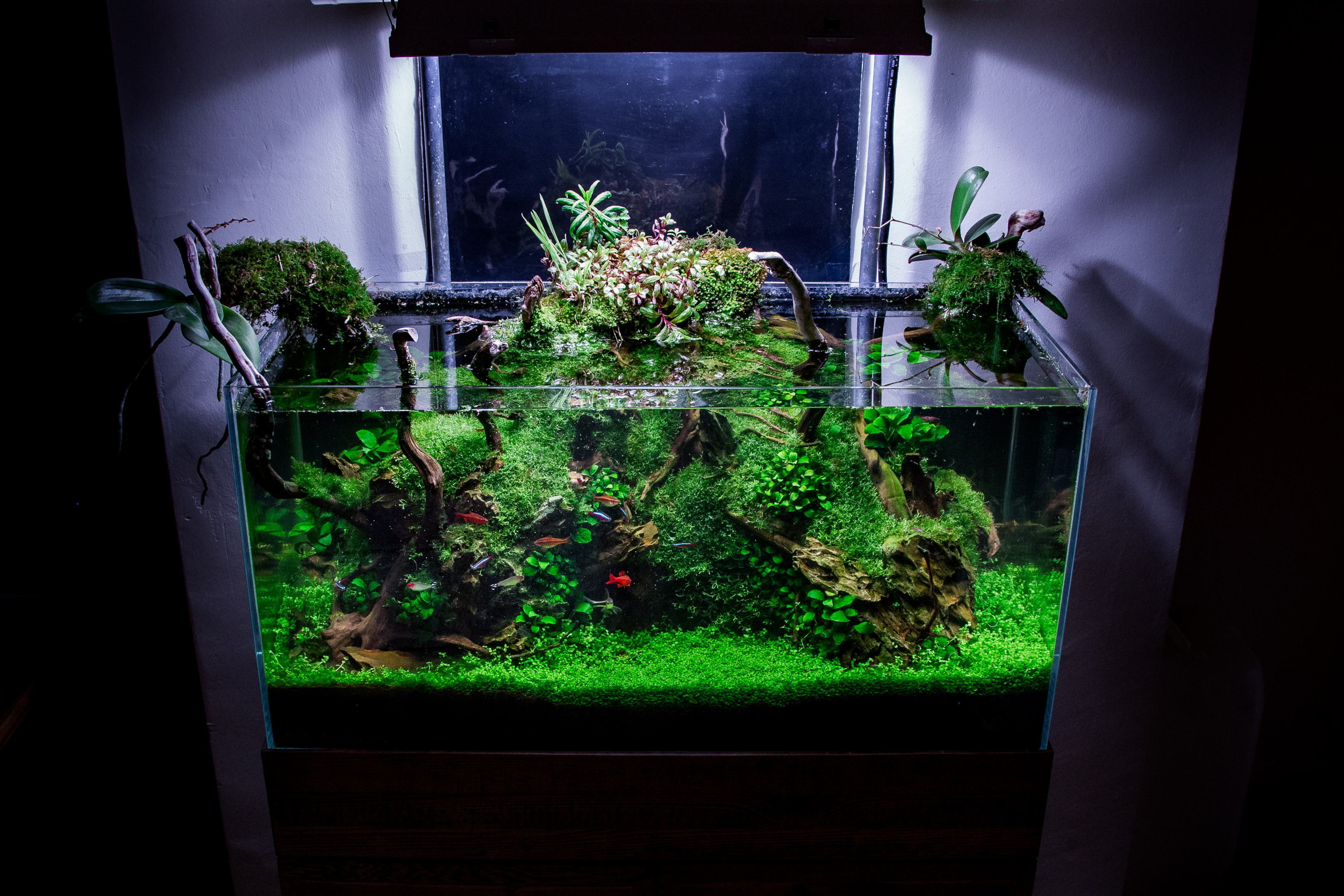
External Factors: Room Temperature and Humidity
External factors, such as room temperature and humidity, can significantly influence the CO2 cylinder's performance. Higher temperatures increase the diffusion rate of CO2 into the aquarium, causing the gas to be used more quickly. If the tank is exposed to direct sunlight, this can further raise the water temperature, accelerating CO2 consumption. It's important to keep your CO2 cylinder in a cool, shaded area to maintain a stable flow rate and prevent premature depletion.
Humidity also plays a role in the overall usage of CO2. In areas with high humidity, gas may escape from the system more quickly, leading to a faster depletion of your canister. To counteract this, practice proper maintenance of your system by checking for any leak in the tubing or valves. Ensuring that your CO2 tank is properly sealed and stored in a consistent environment will help maintain the pressure within the cylinder, allowing for more consistent sparkling water output in your aquascape.
How to Monitor CO2 Levels in Your Tank
Monitoring CO2 levels in your aquarium is essential to ensure optimal plant health and prevent CO2 deficiencies that could stunt growth or promote algae. One of the best tools for tracking CO2 in your tank is a bubble counter. These devices measure the number of CO2 bubbles injected into the aquarium, giving you a visual cue of how much CO2 is being dispensed.
Additionally, a ph controller can be an effective way to monitor and regulate CO2 levels. The pH of your aquarium will drop as more CO2 is added to the water, so by using a ph controller, you can maintain a steady, safe level of CO2 for your plants. Consistently monitoring gas levels with both a bubble counter and pressure gauge will help you maintain the maximum cylinder efficiency and ensure that your CO2 cylinder lasts as long as possible.
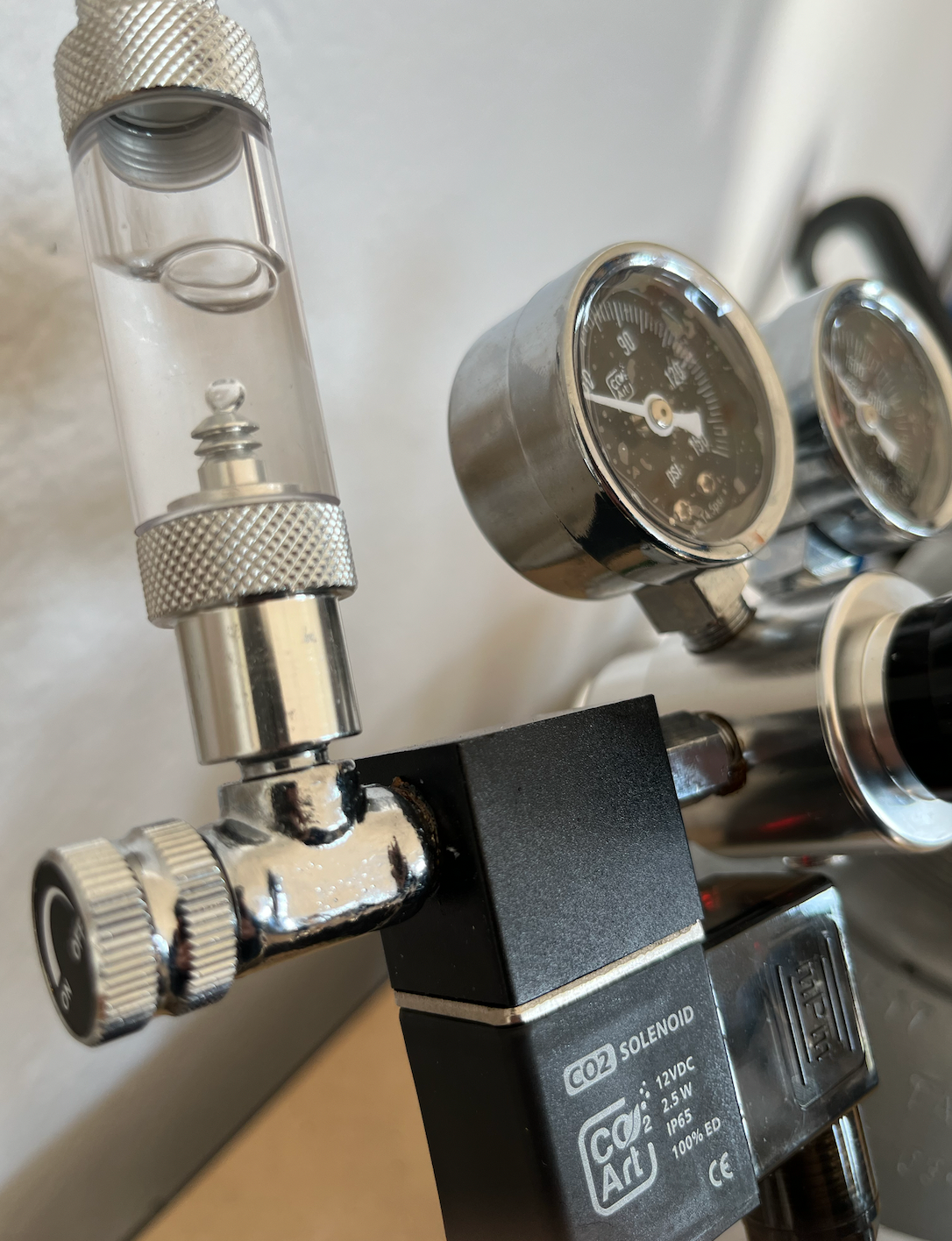
Refilling and Maintenance: Best Practices
Proper maintenance of your CO2 system is crucial for ensuring it functions efficiently over time. First, always check your CO2 cylinders for any potential leak before refilling. If there is any gas leakage, your system will become less efficient, leading to faster depletion of the cylinder. Regularly inspecting all parts of the setup, including the pressure gauge, tubing, and valves, is important to keep everything in good working condition.
When it comes time to refill your CO2 tank, ensure you’re using a reputable supplier and that the process is done safely. Avoid exposing your CO2 cylinder to direct sunlight, as this can increase the internal pressure, leading to the possibility of an unsafe refill. Additionally, reusing cylinders is a great way to save money and reduce waste, as long as they are properly maintained and stored. Following these best practices will ensure that your CO2 system continues to operate efficiently, prolonging the life of your canisters and maintaining a healthy, thriving aquascape.
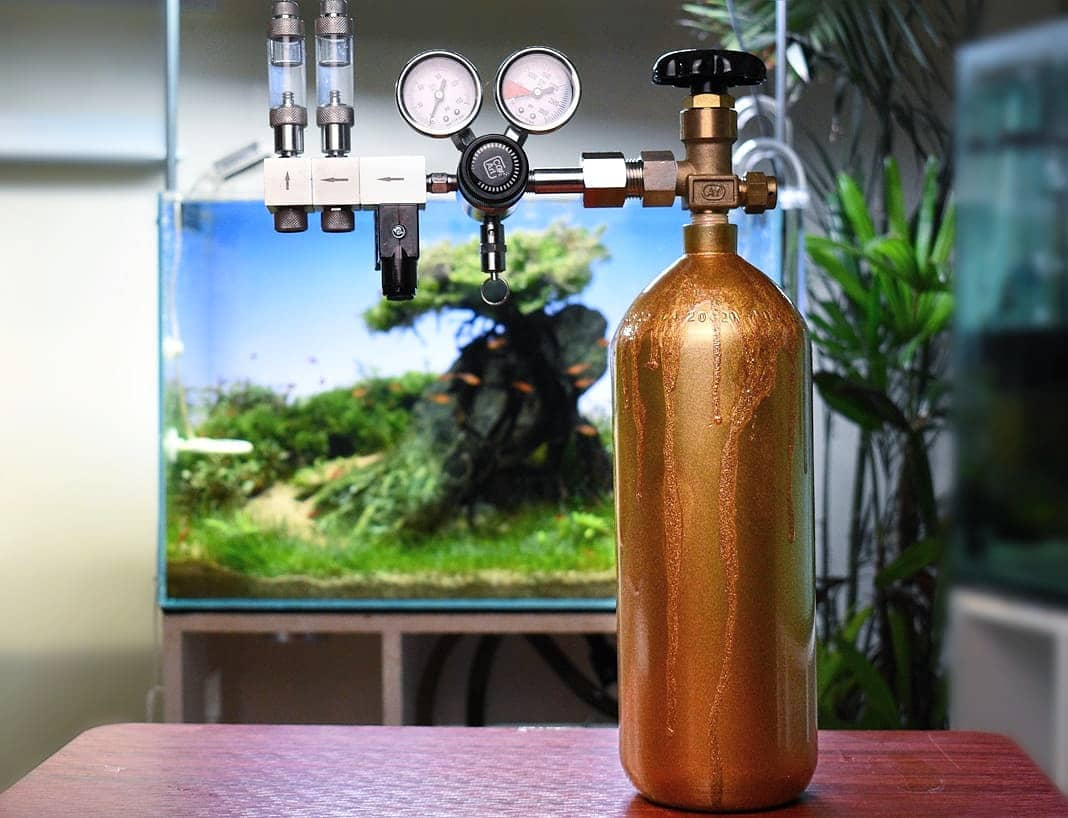
Common Mistakes That Shorten CO2 Cylinder Life
Several common mistakes can lead to faster depletion of your CO2 cylinder, shortening its life and requiring more frequent refills. One common mistake is over-pressurising the cylinder, which can increase the gas flow unnecessarily. This wastes CO2 and reduces the cylinder's lifespan. Another issue is improper installation of the CO2 system, leading to leak issues that cause gas to escape, further depleting your cylinder.
Not performing regular proper maintenance on your system can also lead to issues that shorten the life of your CO2 tank. For example, failing to check for cracks in the tubing or not adjusting the pressure properly can lead to a full cylinder being used up too quickly. In order to save money and maximize the maximum cylinder efficiency, always ensure that your equipment is well-maintained, and check the system regularly to prevent any unnecessary waste of CO2 gas.
The Cost of Refilling CO2 Cylinders
Refilling a CO2 cylinder can be an ongoing cost for aquascaping enthusiasts, but it’s essential for maintaining a healthy aquarium. The cost of refill depends on the size of your CO2 tank and the local rates for CO2 refills. Generally, the larger the cylinder, the higher the refill cost, but it may be more cost-effective in the long run due to less frequent refills.
Despite the refilling cost, reusing cylinders can significantly save money over time compared to purchasing disposable CO2 bottles. By properly maintaining your cylinder, checking for leak issues, and ensuring that your pressure gauge is functioning correctly, you can avoid wasteful gas consumption. This will make the CO2 tank last longer, making it more economical in the long run.
Alternatives to CO2 Cylinders: Pros and Cons
While CO2 cylinders are the most common and effective way to provide CO2 to your aquascape, there are alternative methods, such as sparkling water maker systems or DIY CO2 systems. These alternatives may be more affordable upfront, but they come with trade-offs in terms of reliability and control. A sparkling water maker works by using a canister of CO2 to carbonate water, which can then be used in the aquarium. While this method is convenient and easy to use, it might not provide a consistent flow of CO2 for larger or more demanding aquascapes.
On the other hand, DIY CO2 systems using canisters and yeast can also be an option for hobbyists on a budget. However, these setups are often less reliable and may require more frequent adjustments. Reusing cylinders from sparkling water makers or small CO2 canisters is an option to save money, but it may not always provide the same level of control as a properly calibrated CO2 cylinder. Each alternative method has its own advantages and disadvantages, but for those seeking precision and consistency, the CO2 tank remains the most popular choice.
Conclusion: Maximising the Lifespan of Your CO2 Cylinder
In conclusion, managing your CO2 cylinder properly is essential for maintaining a healthy, thriving aquascape. By understanding the factors that affect CO2 usage, monitoring levels with tools like pressure gauges and bubble counters, and ensuring proper maintenance, you can significantly extend the life of your CO2 tank. Regular refills, careful storage, and being mindful of external factors like direct sunlight will also help ensure that your cylinder remains efficient for longer. With the right approach, a well-maintained CO2 cylinder can provide optimal support for your plants while also saving you time and money in the long run.




